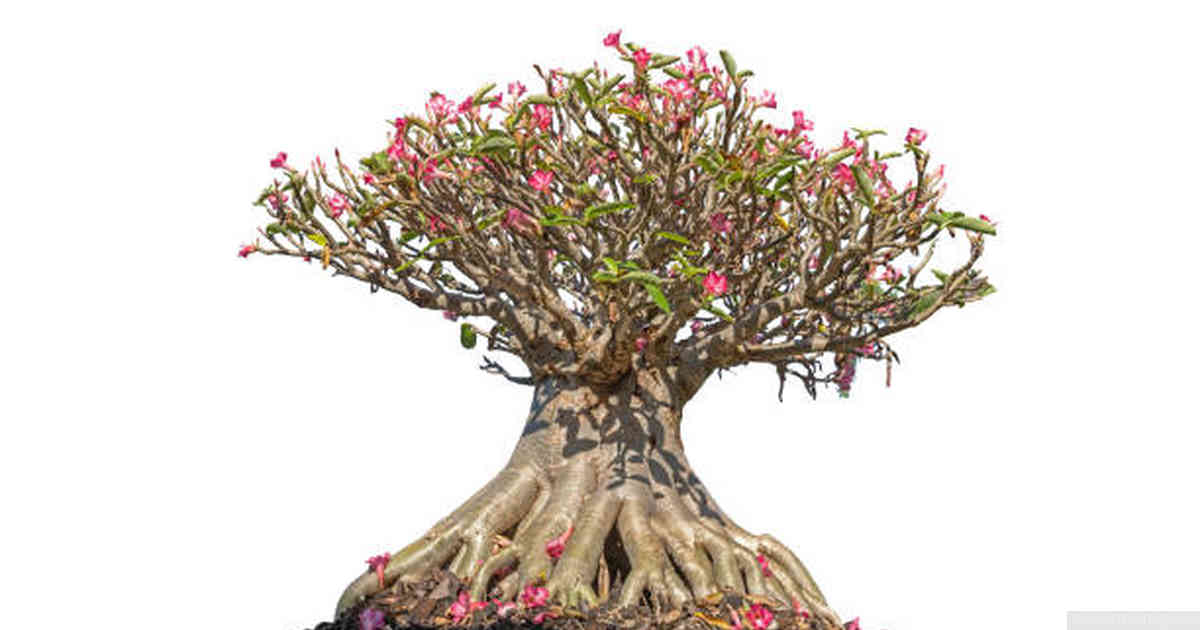
Yes, trees with taproots can be grown as bonsai. The process requires some specialized techniques and a great amount of patience. The first step is to dig out the taproot carefully so that it maintains its shape as much as possible. This should include removing extra side roots or making sure there are no circling sections of root. Then, potting soil must be chosen which will help create good drainage but not let the entire root system dry out too quickly. Once in the pot, regular pruning and careful watering will encourage branch growth and maintain a desired size for the tree’s bonsai form.
Contents:
- Overview of Bonsai Trees
- Types of Tree Roots for Bonsai
- Characteristics of Taproot Trees
- Challenges in Growing Taproot Trees as Bonsai
- Tips and Techniques for Growing Taproot Trees as Bonsai
- Popular Taproot Tree Species for Bonsai Cultivation
- Conclusion on the Feasibility of Growing Taproot trees as Bonsai
Overview of Bonsai Trees
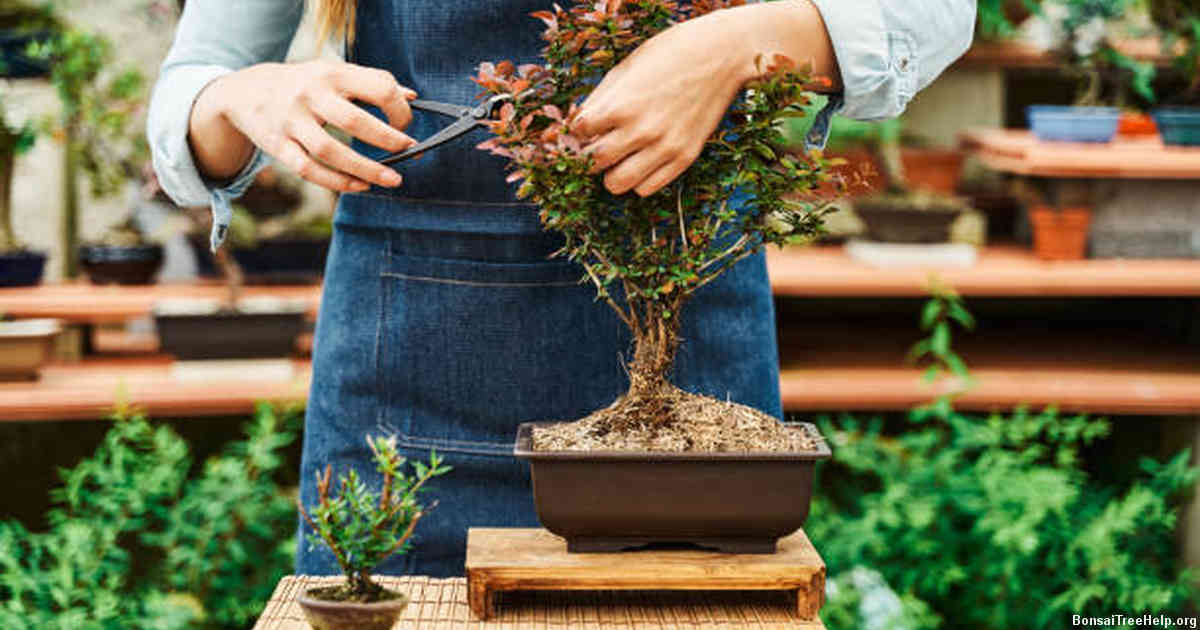
Bonsai trees are an art form that has been cultivated for centuries and used to create miniature versions of naturally occurring large trees. A bonsai tree is created by trimming, wiring and replanting the roots of a regular sized tree. It’s amazing that these trees can be grown in such small containers. While some species, such as maples or oaks, have lateral roots and can’t grow well as bonsais, other trees with deeper taproots like pines or junipers are ideal candidates for this type of cultivation.
Aesthetically speaking, carefully shaped and pruned branches along with a custom-made pot make up the foundation of a beautiful bonsai masterpiece. It takes time and dedication to understand the species’ characteristics since each one requires particular attention for its growth requirements. Japanese black pine is known for its strong taproot structure; it does best when planted into soil with low pH levels whereas Bald Cypress prefers more alkaline soils. Other important aspects include managing light exposure levels depending on the species as well as adequate watering during summer months – these contribute greatly to keeping your miniaturized tree healthy and strong over time.
Traditionally trained bonsai displays graceful curves which follows guidelines set out hundreds of years ago in China. These elegant shapes with different cuts were transferred to Japan where they continue today inspiring many enthusiasts around the world who are taking part in this special craftsmanship style. Thanks to modern tools available today we can now bring new designs while respecting ancient principles – making sure our creations will live on long after us.
Types of Tree Roots for Bonsai
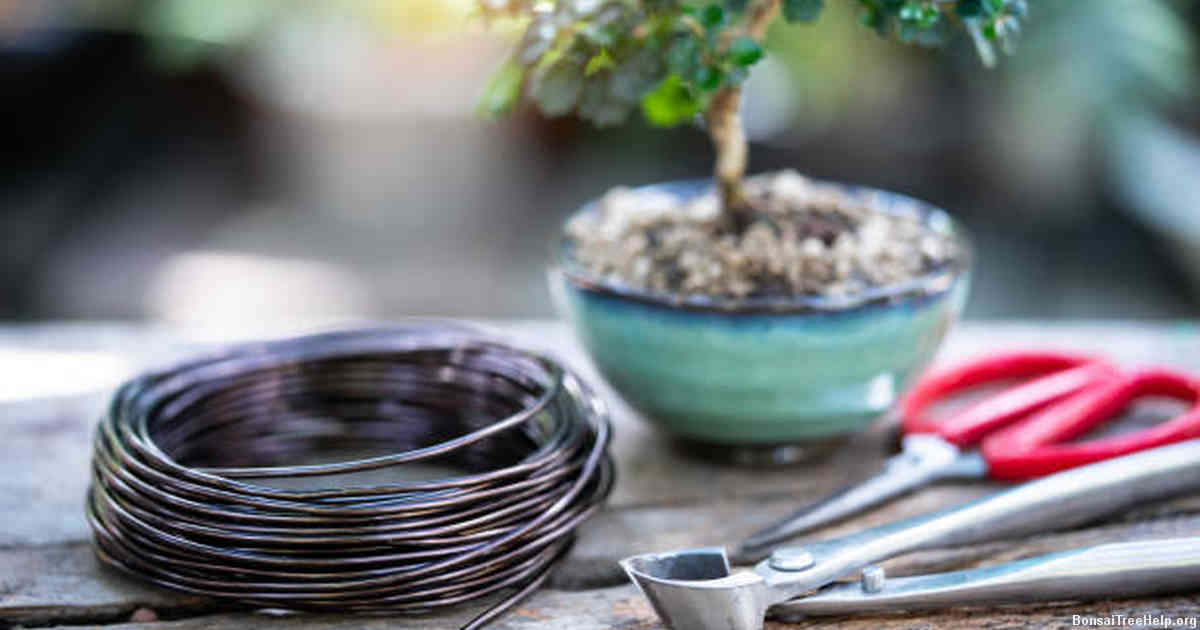
The type of root system a tree has is an important factor when selecting a bonsai species. Trees with taproots, such as oaks and maples, are some of the most iconic bonsai trees found in gardens around the world but may be difficult to maintain as one because of their specialized root structure. Alternatives for those looking for interesting and unique bonsais include species with fibrous roots such as pine or juniper trees. Fibrous roots are not only easier to contain within the confines of a pot, they require less maintenance than trees with taproots and will easily reshape themselves within the constraints provided by their containers.
On the other hand, there is something to be said about those trees that have evolved to adapt to harsher climates and survive in poor soil conditions; these types of hardy plants often produce single thick maintaproot which can grow many times deeper than its own height if allowed unrestricted access to soil below it. As a result, these characteristics make them ideal candidates for replicating nature’s solutions outdoors – producing breathtaking effects that would otherwise take much longer time periods and significantly more dedication from a professional gardener or experienced hobbyist.
If you’re looking for even more variety when choosing your bonsai tree, consider species with multiple central roots rather than ones with singular taproots. These clusters form complex systems beneath each plant that allow rapid drainage while efficiently providing each branch with ample nutrients required for healthy growth cycles over time.
Characteristics of Taproot Trees
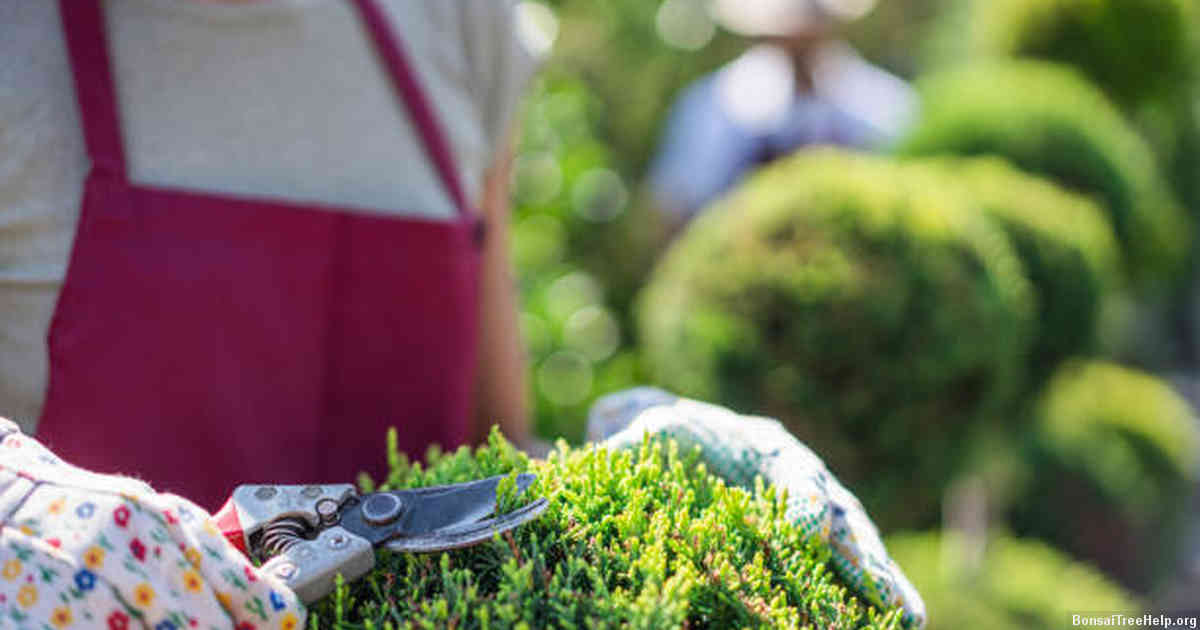
Taproots are trees with a single, dominant root structure. These roots form a large tapering root that sinks deep into the soil, producing lateral branches and smaller surface roots. Trees with taproots come in many shapes and sizes – from the widely used varieties of conifer trees to deciduous hardwood trees such as oak or elm. It’s important to know their unique characteristics when choosing them for bonsai cultivation because they differ from other types of plants.
Unlike fibrous-rooted plants, which feature shallow roots spreading horizontally close to the ground surface, taproot species can grow much deeper below ground before branching outwards. This means that when planted in restrictive environments such as pots for bonsai purposes, these trees are well equipped to handle drought conditions or lack of space by adapting quickly to unusual amounts of moisture or low nutrient availability due to restricted soil volume. The combination of an aggressive rooting system and very slow growth make these species great choices for creating stunted forms without sacrificing health over time.
Since their emergence tends to be gradual, they require less frequent repotting than more delicate varieties with fragile root systems that need changing every year or two. As long as care is taken not to damage their thickly growing root mass during transplanting operations or pruning routines, even experienced growers will find managing them rewarding through their years of lifespan under accurate maintenance schedules and humid air circulation opportunities during display indoors or outdoors within warm climates.
Challenges in Growing Taproot Trees as Bonsai
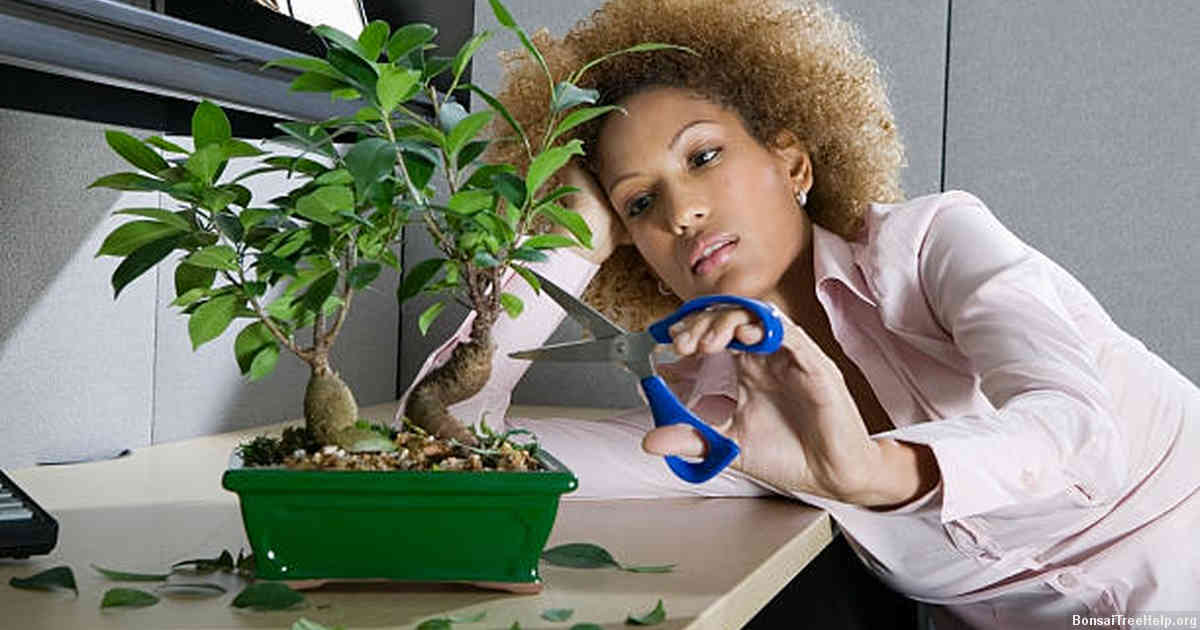
Gardening and horticulture enthusiasts have long been fascinated by the idea of growing taproot trees as bonsai. The challenge, however, is that traditional bonsai methods are not conducive to cultivating these kinds of specimens. Their size and root structure make them difficult to pot in the typically shallow containers used for bonsai. Their deep roots require more water than other species which can be an issue during prolonged periods of drought or when living in areas with high temperatures throughout the year.
Taproots also tend to branch out much laterally than do those found on non-taproot species. This makes it challenging to keep their vertical growth restrained as they become older while at the same time maintain a visual aesthetic within the design of your miniature tree’s branches and trunk. There are solutions available such as using specific soil mixes and fertilizers combined with pruning techniques, but these must be meticulously planned before attempting any type of manipulation on a specimen if you don’t want it losing its carefully crafted shape over time.
Most taprooted trees require a period of dormancy each winter if they are kept outside instead of inside, especially varieties from colder climates – something that many people new to bonsai might overlook until it’s too late. Careful monitoring will prevent trees from being exposed to excessive frosting or other weather related damage if stored outdoors during cold months, but this task often proves too daunting for amateur gardeners who simply don’t have enough knowledge about different tree types yet.
Tips and Techniques for Growing Taproot Trees as Bonsai
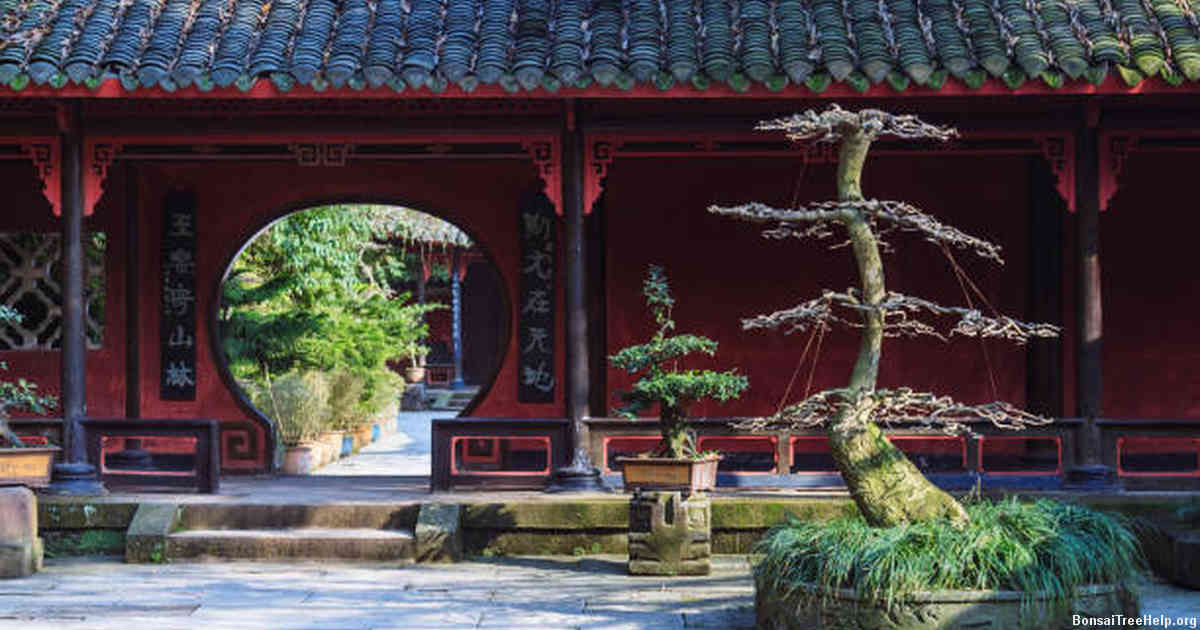
Growing taproot trees as bonsai requires a bit of extra effort but is certainly achievable with the right knowledge and tools. Before getting started, it’s important to select a suitable species; some popular types include Ponderosa Pine, Bristlecone Pine, Blue Spruce and Black Tupelo. These are all relatively tolerant of pruning and require minimal aftercare compared to other species, making them ideal candidates for beginners looking to try their hand at bonsai cultivation.
When tending your tree, consider carefully how you want its shape to look in the future; light pruning can be used on younger trees while more intensive styles should be reserved for older specimens. It’s always better to err on the side of caution when removing branches; avoid cutting too much off or leaving bare patches as this will weaken the tree’s structure over time. As a general rule of thumb, no more than 25% of any one branch should be removed at once-any more than that could put unnecessary stress on the plant. To help regulate its shape further, use wire bending techniques and specialised tools such as root hooks or pot knives. However remember not to cut into living bark – this can cause irreversible damage.
To make sure your taproot tree grows healthily, you’ll need to keep an eye out for pests and diseases that can affect its growth rate or harm it entirely. Provide sufficient sunlight (at least 6 hours per day) during summer months along with adequate watering when needed – overwatering can lead to rot so regular checks are advised throughout each season. With good husbandry practices such as these in place, you’ll soon have a robustly healthy bonsai specimen that looks great too!
Popular Taproot Tree Species for Bonsai Cultivation

Taproots are the long roots of trees that are typically either vertical or slightly curved. These particular roots can be used to propagate bonsai plants and make them easier to maintain. Many species of trees, particularly those with very dense foliage, possess a taproot which makes them an ideal choice for bonsai cultivation. Popular choices for bonsai include pines, cherry trees, and junipers – all of which produce taproots naturally.
Pine is one type of tree widely used in bonsai because it has strong root systems that form quickly when planted in a soil mix for this purpose. This evergreen tree species is characterized by its characteristic needle-like leaves and conical shape that can easily fit into small pots for effective display both indoors and outdoors. Pine also provides a great canvas for trimming techniques since its branches tend to stay thick even after pruning. This woody perennial’s trunk grows at an easily manageable rate and offers plenty of opportunity to experiment with shaping techniques over time.
Cherry trees are another popular pick when it comes to growing bonsais due to their attractive foliage and flowers during springtime making them eye-catching displays. The presence of a taproot on these plants allow gardeners to pull off incredible transformations such as producing tiny drooping branches indicative of aged specimens–a look considered desirable in certain types of Japanese gardens known as karesansui gardens or “Zen Gardens” where cherry trees are often found in miniature sizes styled with meticulous artistry displayed amongst rocks or mosses lining carefully crafted paths leading up towards traditional temples or shrines perched atop hilltops across Japan’s landscape.
Juniper has proven itself time again as a champion amongst various species intended for transforming into smaller versions suitable for contemplation known as Bonsais; its hardiness allowing novice growers to gain some experience before taking on more difficult projects like other exotic tree varieties such as elms or maples from Asia region famed for having peculiar shapes perfecting dominating many ancient landscapes scattered throughout East Asian countries like Japan, South Korea and China. Junipers have thin needles adorning compact branches along trunks delicately curves offering boundless possibilities regardless how much attention they receive during maintenance sessions; making them reliable picks capable contributing towards achieving serenity within any corner within your home environment if you choose wisely while keeping care instructions located close nearby.
Conclusion on the Feasibility of Growing Taproot trees as Bonsai
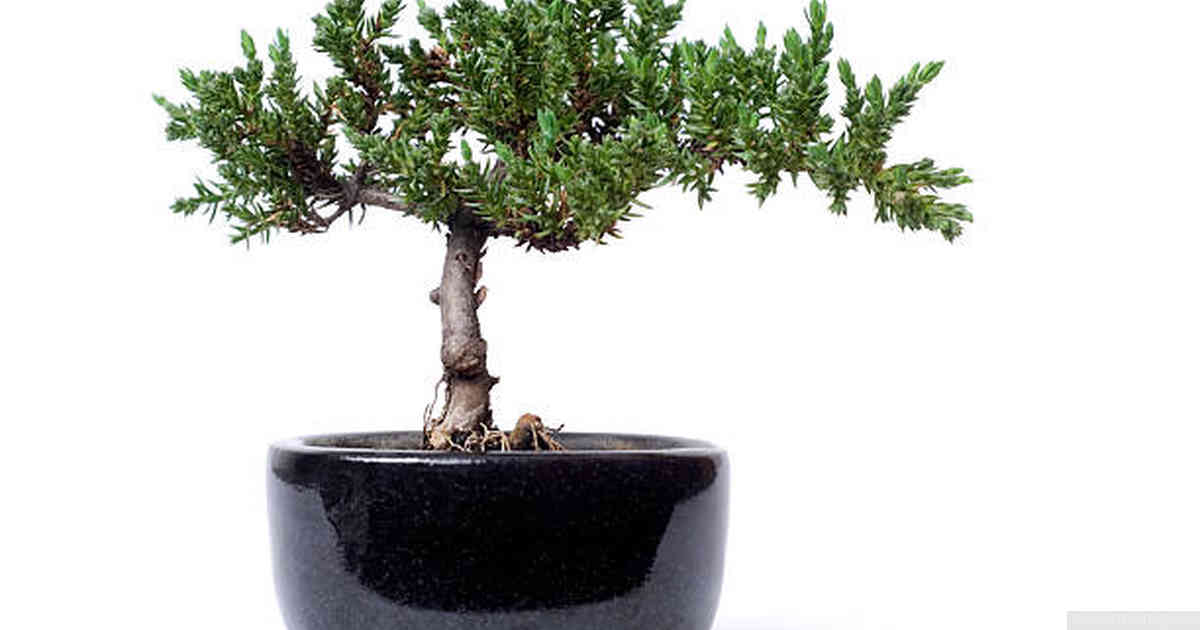
Taproots are structurally different from the shallow roots of shrubs and small trees. They are designed to penetrate deep down into the earth, to absorb moisture and nutrients from lower layers where they could not be reached by other vegetation with more basic root systems. This makes taproots extremely hardy and resilient–but can they also be trained as bonsai?
Through careful pruning and training, it is certainly possible to create a beautiful bonsai out of a taproot tree. However, this process will require an experienced cultivator due to the unique properties of taproots. Cutting back the larger structure of a taproot tree may result in stunted growth or even death, so it’s important that techniques such as branch cutting and wiring only be done by someone who understands the anatomy of these special plants.
In order for a project involving growing bonsai from taproot trees to truly succeed, many factors must come together: appropriate soil types for each individual species, accurate timing for repotting, precise application of wiring techniques for every branch…The list goes on. From all this evidence we can conclude that cultivating bonsai from taproot trees is indeed challenging but far from impossible – given the correct knowledge and experience working with these plants.
Leave a Reply